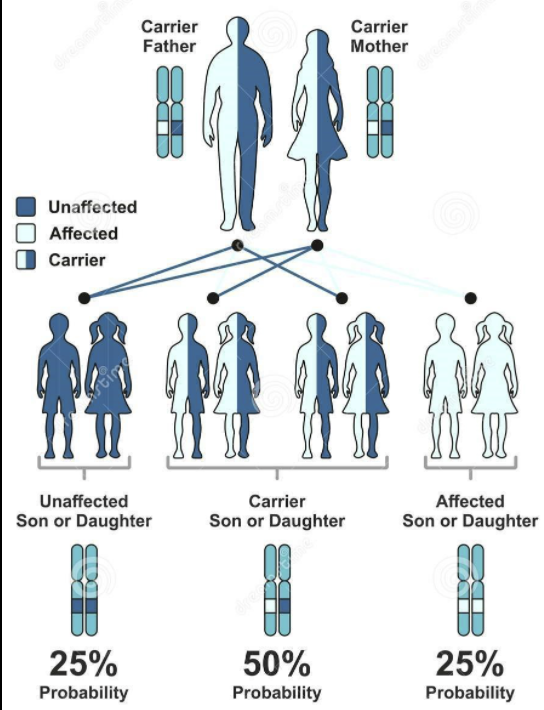The relationship between parental stress and mastery, forgiveness, and social support among parents of children with autism
Parents of children with autism have significantly more parenting-stress symptoms than parents of typically developing children.
Organic photovoltaic water reservoir covers – dual purpose land use, renewable electricity, and water conservation

This paper presents a novel water reservoir cover using semi-transparent Organic Photovoltaics (OPV), which addresses water, energy, and land shortages in addition to water quality improvements, by creating a dual-purpose usage of land resources by both generating electricity and reducing evaporation, whilst at the same time preserving or enhancing water quality. A simulation of the effect of the OPV cover on water temperature and evaporation is presented, as well as a discussion on the different variables influencing its viability. The filtering out of parts of the IR spectrum and 400–550 nm parts of the spectrum reduced both water temperatures and evaporation, which could thereby improve water quality.
The prevailing trend of consanguinity in the Arab society of Israel: is it still a challenge?

The aim of this study was to determine the trend of consanguineous marriage among the Arab population in Israel. Socio-demographic data for the Arab population were extracted from national health surveys conducted in Israel in 2007 and 2017.
Text line extraction using deep learning and minimal sub seams

Accurate text line extraction is a vital prerequisite for efficient and successful text recognition systems ranging from keywords/phrases searching to complete conversion to text. In many cases, the proposed algorithms target binary pre-processed versions of the image, which may cause insufficient results due to poor quality document images. Recently, more papers present solutions that work directly on gray-level images [1,2,7,12,15].
Perceived and projected authenticity of visitor attractions as signs: A Peircean semiotic analysis

This study aims to examine the perceived authenticity of foreign tourists in comparison to the online projected authenticity of an iconic visitor attraction, by adopting a Peircean semiotic approach. Peircean types of signs namely iconic, indexical and symbolic are used to identify perceived and projected authenticity and related cultural meanings of the White Tower of Thessaloniki, Greece. A twofold qualitative research method was adopted by comparing content analysis of on-site interviews of 19 foreign tourists with semiotic analysis of three official websites promoting the attraction.
Semi-Transparent Organic Photovoltaics Applied as Greenhouse Shade for Spring and Summer Tomato Production in Arid Climate

Recognizing the growing interest in the application of organic photovoltaics (OPVs) with greenhouse crop production systems, in this study we used flexible, roll-to-roll printed, semi-transparent OPV arrays as a roofing shade for a greenhouse hydroponic tomato production system during a spring and summer production season in the arid southwestern U.S. The wavelength-selective OPV arrays were installed in a contiguous area on a section of the greenhouse roof, decreasing the transmittance of all solar radiation wavelengths and photosynthetically active radiation (PAR) wavelengths (400–700 nm) to the OPV-shaded area by approximately 40% and 37%, respectively.
Outdoor comparison of two organic photovoltaic panels: The effect of solar incidence angles and incident irradiance

This study investigated the effect of solar incidence angles and irradiance intensity on two commercially
available semi-transparent organic photovoltaics panels. The results of electrical measurements taken for the panels at different solar incidence angles and in sunny and overcast conditions are presented. This data is compared to diurnal data of the same panels on a frame at 30 tilt facing south.
The Current and Forecasted Status of Type 2 Diabetes in the Arab Society of Israel

Diabetes mellitus (DM) is considered one of the main causes of mortality, morbidity, and health care expenditures. Effectively treating this disease is of crucial importance and imposes a global challenge
Energy partitioning and spatial variability of air temperature, VPD, and radiation in a greenhouse tunnel shaded by semitransparent organic PV modules

A study related to the application of organic photovoltaic (OPV) modules in greenhouses is presented. It considers the impact of nonhomogeneous shading by semitransparent OPV modules, placed on the cover of greenhouse tunnel housing a tomato crop, on energy partitioning and the spatial variability of radiation,
The Current and Forecasted Status of Type 2 Diabetes in the Arab Society of Israel.
Diabetes mellitus (DM) is considered one of the main causes of mortality, morbidity, and health care expenditures. Effectively treating this disease is of crucial importance and imposes a global challenge. The incidence of Type 2 DM (T2DM)

